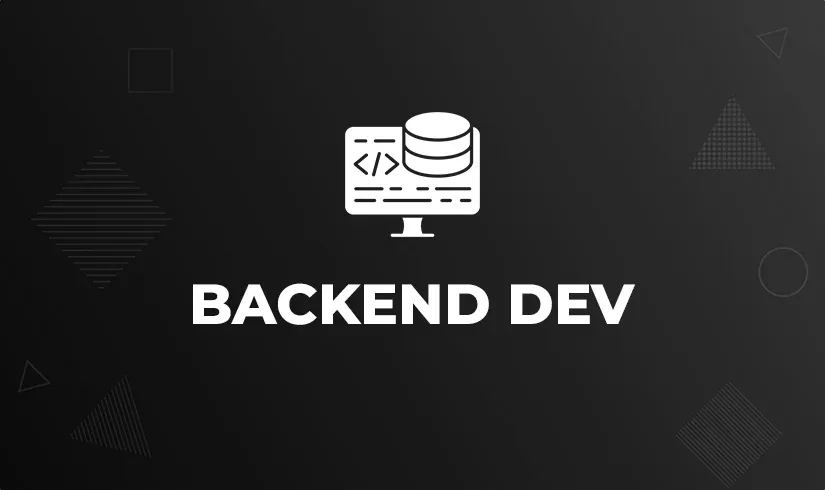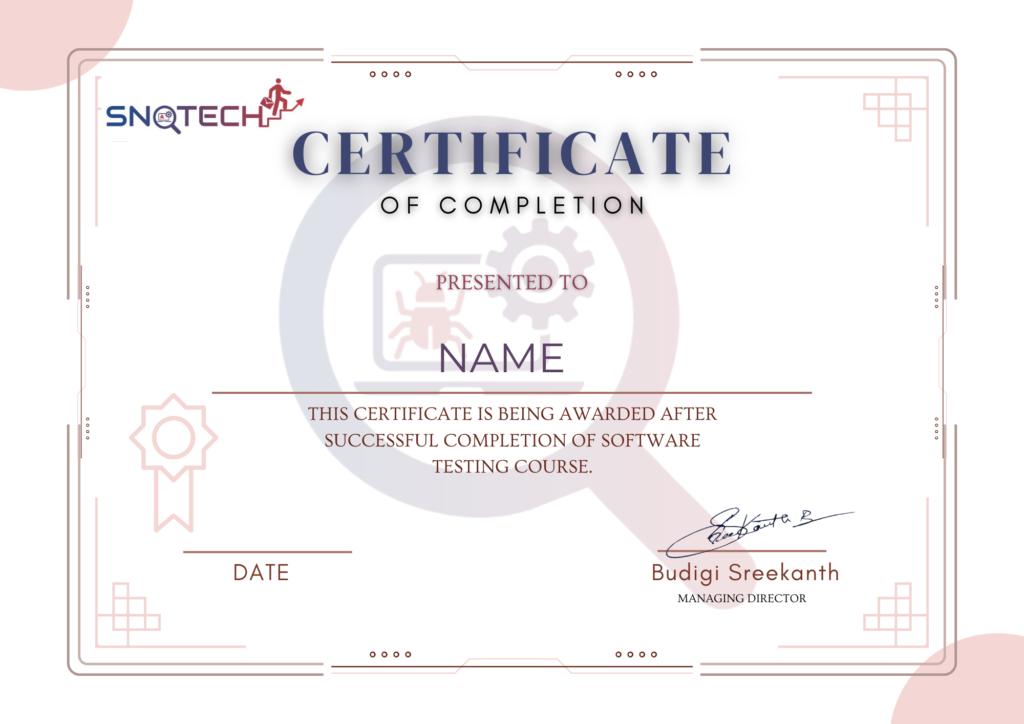Pandas
What is Pandas, Understanding, Uses and Implementation
Installing Pandas and setting up your environment.
Data Structures in Pandas and Understanding Series and DataFrames.
Implementation Data Import Techniques to extract data from CSV, Excel, and other formats.
Data Exploration Using Pandas methods like head(), info(), and describe().
Indexing and Selecting Data, Accessing data using labels, positions, and boolean indexing.
Data Cleaning, Handling missing values, duplicates, and data types.
Transforming Data in Pandas by applying functions and using apply(), map(), and applymap().
Techniques to Filter and Sorting in Pandas
Grouping, aggregation and summarizing the data using Pandas.
Working with datetime data and time series functions in Pandas.
Creating pivot tables and other GUI Reports using Pandas Techniques.
Implementation of Visualization Techniques for basic plotting with Pandas and integration with Matplotlib.
Learning other Advanced Features Using MultiIndex, categorical data, and window functions and etc.
NumPy
Understanding, Installing NumPy and setting up your environment.
Creating and manipulating NumPy arrays.
Array Operations By Performing element-wise operations and broadcasting in NumPy
Indexing and Slicing in NumPy
Implementation of Mathematical Functions using built-in functions for calculations (mean, sum, etc.).
Learning how to load and save the arrays from files and to files using NumPy
Working with Masked arrays that have missing or invalid entries.
Working on Advanced Indexing concepts in NumPy
TensorFlow
Installation, and TensorFlow SetUp
Understanding the basic data structure of TensorFlow.
Building neural network models using the Sequential API in TensorFlow.
Training the models by Compiling, fitting, and evaluations.
Implementation of Data Pipeline in TensorFlow
Implementing TensorBoard.
Training models on multiple GPUs or machines.
Deploying models for inference in production environments.
PyTorch
Understanding and creating PyTorch tensors.
Performing mathematical operations on tensors.
Learning Optimization Techniques using various optimizers like SGD and Adam.
Utilizing CUDA for accelerated computing and GPU Support.
Cloning pre-trained models for new tasks.
Implementing dropout and weight decay for Regularization.
Exporting models for production using TorchScript or ONNX etc.




